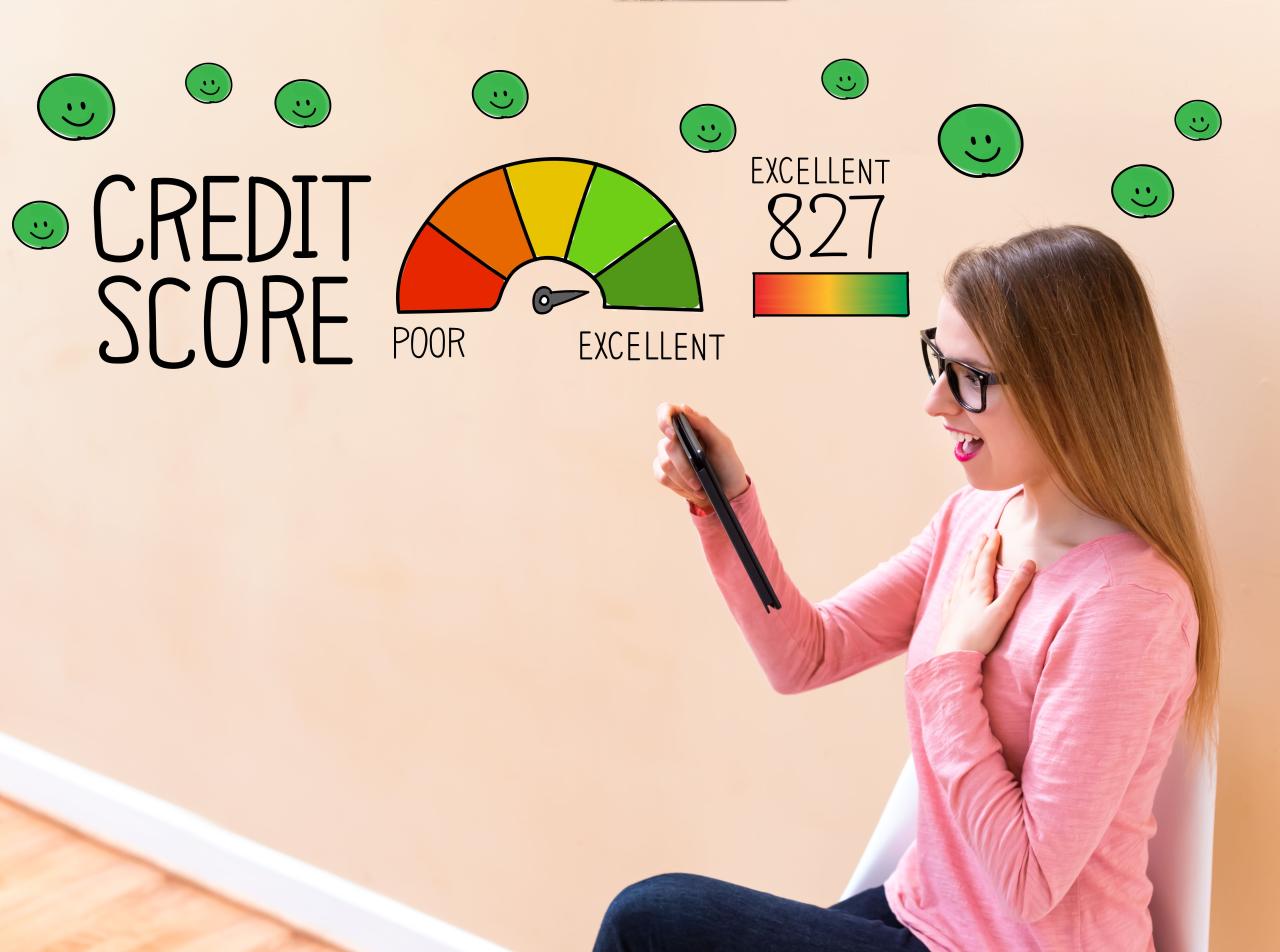High-Yield Savings Accounts (HYSAs)
The landscape of personal finance is constantly evolving, yet the foundational principle of saving remains paramount. For decades, the ubiquitous savings account served as the standard repository for emergency funds and short-term financial goals. However, in the modern digital banking era, a superior alternative has emerged: the High-Yield Savings Account (HYSA). These accounts represent a significant evolution in how consumers approach their liquid assets, offering drastically improved interest rates compared to their traditional counterparts.
A High-Yield Savings Account is essentially a savings deposit account that is primarily offered by online-only banks or non-traditional financial institutions. The key differentiator is, as the name suggests, the Annual Percentage Yield (APY). While a typical traditional bank savings account might offer an APY as low as 0.01% or 0.05%, HYSAs can frequently offer rates that are ten, twenty, or even fifty times higher. This substantial difference in APY is the engine that drives true maximization of your savings returns, allowing your money to grow passively and exponentially over time.
The Mechanics Behind Higher APYs
The reason online-only banks can offer such generous interest rates is directly related to their operational structure.
A. Reduced Overhead Costs: Traditional banks operate vast networks of physical branches, employing hundreds or thousands of tellers and staff, and incurring massive utility and real estate expenses. Online banks largely bypass this expensive infrastructure. The money they save on operational costs is then directly passed on to the consumer in the form of higher interest rates.
B. Competitive Digital Landscape: The digital banking space is fiercely competitive. Offering an attractive APY is the primary tool these institutions use to lure customers away from legacy banks. The continuous pressure to maintain a high ranking in APY comparison charts keeps the rates relatively elevated.
C. Efficient Reserve Management: Online banks often have more streamlined and modern technology stacks, allowing them to manage their cash reserves and lending operations more efficiently than older institutions. This efficiency translates into better liquidity management and the capacity to pay out more in interest.
The Indispensable Role of an HYSA in Financial Planning
An HYSA should not be viewed merely as an optional upgrade; it is a cornerstone of sound financial management. It serves multiple crucial roles that traditional accounts simply cannot fulfill due to their negligible interest rates.
1. The Emergency Fund Powerhouse
Every financial expert stresses the importance of an emergency fund—a pool of liquid cash typically covering three to six months of living expenses.
A. Accessibility and Liquidity: Unlike Certificates of Deposit (CDs) or investment accounts, an HYSA provides high liquidity. The funds are readily accessible via electronic transfer, crucial during a financial crisis like job loss or medical emergency.
B. Inflation Mitigation: With a traditional account earning 0.01% APY, your money is effectively losing value due to inflation, which often runs between 2% and 4%. While HYSAs may not always completely outpace inflation, their significantly higher APY acts as a powerful buffer, minimizing the erosion of your purchasing power over time.
C. Mental Security and Stability: Knowing your emergency cushion is actively growing, rather than stagnating, provides a psychological benefit. It reinforces the discipline of saving while simultaneously generating passive income.
2. Saving for Short- and Medium-Term Goals
HYSAs are the ideal vehicle for any financial goal you plan to achieve within the next one to five years. Since the time horizon is too short for the risk and volatility inherent in the stock market, capital preservation is the top priority.
A. Down Payment on a House: A down payment is often the largest sum of money an individual saves. Keeping this large principal in an HYSA means earning substantial interest without subjecting the funds to market risk.
B. Vehicle Purchase: Whether saving for a new car or a reliable used one, the HYSA ensures the principal remains intact and benefits from compound interest until the purchase date.
C. Vacations and Large Purchases: For planned expenses like a major trip or a home renovation, compartmentalizing the savings in an HYSA is far more effective than keeping it in a low-rate checking account.
Maximizing Returns: Compound Interest Explained
The true power of an HYSA lies in the principle of compound interest, often referred to as “interest on interest.” This concept is the engine of wealth accumulation and is amplified by the higher APY of these accounts.
How Compounding Works
In a typical bank account, the interest you earn is periodically added to your principal balance. In an HYSA, this is often calculated and paid out monthly.
A. Initial Deposit: You start with a principal amount, say $10,000. B. Month One: Interest is calculated on the $10,000 and added to the balance. C. Month Two: Interest is now calculated on the original $10,000 plus the interest earned in Month One. D. Subsequent Months: This process accelerates. The interest earned each month is slightly larger than the previous month because the base (the principal) is continually expanding.
E. The APY Effect: The higher the APY, the greater the amount of interest added back to the principal, and thus the faster the compounding snowball rolls. A 4.00% APY will generate an interest-on-interest effect exponentially greater than a 0.04% APY over any meaningful period of time.
The Role of Consistent Contributions
While the APY is crucial, the biggest factor in maximizing returns is your Net Contribution Rate (how much you add to the account versus how much you withdraw).
A. Dollar-Cost Averaging for Savings: Regular, automated deposits into your HYSA ensure that the compounding mechanism is continuously fed with new principal. Setting up automatic transfers, perhaps the day after your paycheck lands, is a passive yet highly effective strategy.
B. Reinvesting the Interest: By leaving the earned interest in the account, you are automatically engaging in the most beneficial form of reinvestment. Unlike dividend-paying stocks where you might choose to cash out, with an HYSA, simply letting the interest accrue is the optimal move.
Essential Selection Criteria for a Top HYSA
Not all High-Yield Savings Accounts are created equal. As a savvy consumer aiming for the highest return and best experience, you must evaluate several key factors beyond the simple APY number.
1. Annual Percentage Yield (APY) and Rate Volatility
The APY is the main metric, but it should be viewed with a critical eye.
A. Promotional vs. Standard Rates: Beware of introductory or “teaser” rates that drop significantly after the first six or twelve months. Always prioritize the sustained, standard APY.
B. Tracking the Trend: HYSA rates are variable, meaning they fluctuate with the Federal Reserve’s Federal Funds Rate. A good bank will track the market and adjust its APY promptly and competitively, ensuring its rate remains near the top-tier average.
2. Fees and Minimum Balances
A high APY can quickly be negated by punitive fees. The best HYSAs are virtually fee-free.
A. Monthly Maintenance Fees: This is the most common fee. A top-tier HYSA should have zero monthly service charges, regardless of the balance.
B. Minimum Balance Requirements: Avoid accounts that require a high minimum balance to earn the advertised APY or to avoid a fee. This defeats the purpose of an accessible emergency fund.
C. Transfer and Transaction Fees: While HYSAs are subject to federal withdrawal limits (typically six “convenient” withdrawals per statement cycle, though this is currently suspended by regulation D), the bank should not charge fees for standard electronic transfers or ACH transactions.
3. Federal Deposit Insurance Coverage (FDIC/NCUA)
This is a non-negotiable security requirement. Never deposit money into any savings vehicle that is not federally insured.
A. FDIC or NCUA Logo: Ensure the bank or credit union is an official member of the Federal Deposit Insurance Corporation (FDIC) or the National Credit Union Administration (NCUA).
B. Coverage Limit: The standard insurance limit is currently up to $250,000 per depositor, per institution, in each ownership capacity. If your savings exceed this amount, you must use strategies like opening HYSAs at multiple, separate banks to maintain full coverage.
4. Digital Banking Experience and Customer Support
Since most HYSAs are online-only, the quality of the digital interface is paramount.
A. Mobile App Functionality: The bank’s mobile application should be intuitive, secure, and offer seamless capabilities for mobile check deposit, interbank transfers, and statement viewing.
B. Linking External Accounts: Ease of linking and transferring funds to and from your primary checking account (often at a different bank) is crucial for liquidity.
C. Support Channels: While there are no physical branches, excellent customer service via phone, email, and 24/7 online chat should be available.
Strategic Steps for Seamless Migration and Optimization
Transitioning from a low-yield account to an HYSA is straightforward, but following a strategic plan ensures a smooth process and maximum return from day one.
A. Research and Comparison
Start by reviewing multiple, reputable financial comparison sites for the current top APYs. Create a shortlist of institutions that consistently rank high and have favorable fee structures.
B. Account Setup and Documentation
Online applications are typically quick, taking less than 15 minutes. You will generally need to provide:
- Social Security Number
- Government-issued ID (Driver’s License or Passport)
- Information from your current checking account for the initial deposit and linkage.
C. Fund Transfer Strategy
Initiate an electronic transfer (ACH) from your old account to the new HYSA.
- Test Transfer: Start with a small, nominal amount (e.g., $100) to confirm the linkage is correct and the transfer time is as expected.
- Bulk Transfer: Transfer the bulk of your emergency or goal funds once the test is successful. ACH transfers can take 2-5 business days to fully clear.
D. Automate and Forget (But Not Completely)
Set up a recurring, automatic monthly transfer from your checking account to your HYSA. This ensures consistent saving and capitalizes on compounding without manual effort. While the saving is automated, you should:
- Review Statements Monthly: Ensure the correct APY is being paid and there are no unexpected fees or unauthorized transactions.
- Monitor the Rate: Check the market every six to twelve months. If your bank’s APY drops significantly below the market average (e.g., more than 0.50%), it is time to consider moving your funds to a more competitive offer. Rate shopping is a key component of maximizing returns in the HYSA market.
Advanced HYSA Strategies for High-Net-Worth Individuals
For individuals whose savings exceed the FDIC limit, or those with highly specific goals, a few advanced strategies can further optimize returns and security.
A. The Laddering Technique
This involves strategically placing your excess cash across multiple insured accounts (or CDs) to manage liquidity and maximize interest.
- Multiple HYSAs: Deposit a maximum of $249,000 into Bank A, Bank B, Bank C, and so on. This keeps every dollar under the $250,000 FDIC coverage threshold while still earning a high APY.
- CD/HYSA Hybrid Ladder: Allocate a portion of your funds to HYSAs (for maximum liquidity) and another portion to Certificates of Deposit (CDs), which often offer a slightly higher fixed APY in exchange for locking up the money for a set term. This provides a blend of security, high interest, and liquidity management.
B. Utilizing Money Market Accounts (MMAs)
While technically different from HYSAs, many banks offer high-yield Money Market Accounts with comparable APYs. MMAs may sometimes offer limited check-writing privileges, adding a slight degree of transaction convenience not available in a standard HYSA. Evaluating both HYSAs and MMAs can lead to the best combination of rate and functionality.
C. The Taxable Interest Consideration
The interest earned in an HYSA is considered ordinary income and is therefore taxable at the federal and state level.
- Form 1099-INT: The bank will issue a Form 1099-INT for any year where you earn $10 or more in interest.
- Tax Planning: High earners should account for this interest when calculating their estimated quarterly taxes to avoid a surprise tax bill. The net, after-tax APY should be the true metric for comparison.
Conclusion
The High-Yield Savings Account is one of the most straightforward and risk-free tools available for generating passive income. By migrating funds from negligible-yield accounts to a top-tier, FDIC-insured HYSA, consumers transform their stagnant safety net into an active wealth-building engine. The difference between 0.05% APY and 5.00% APY on a $50,000 emergency fund can equate to hundreds or even thousands of dollars in passive, risk-free earnings over just a few years. Maximize your returns by prioritizing APY, avoiding fees, and consistently automating your savings. The reward is a more resilient and rapidly growing financial foundation.















